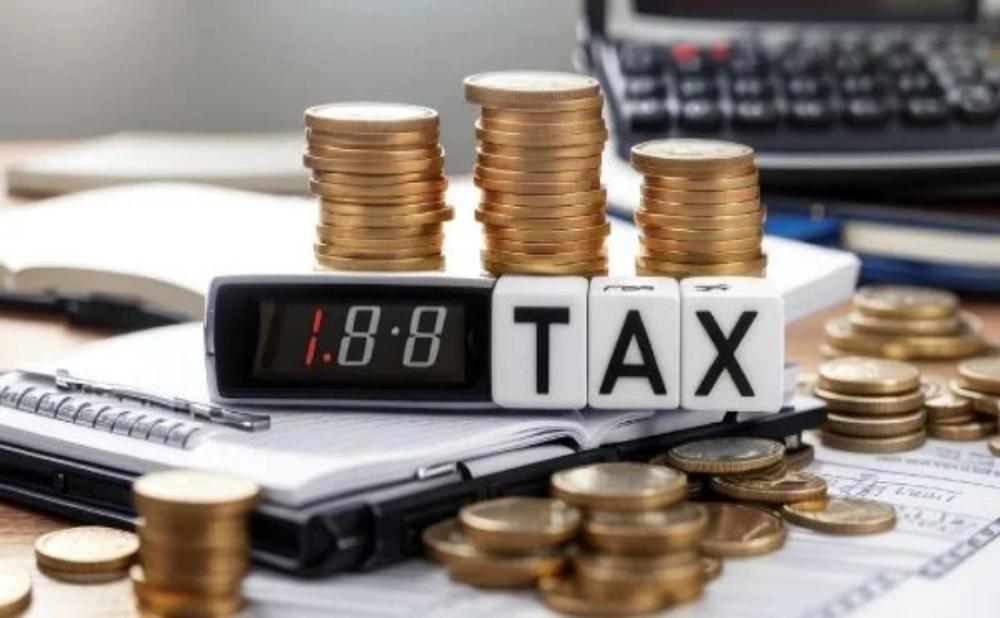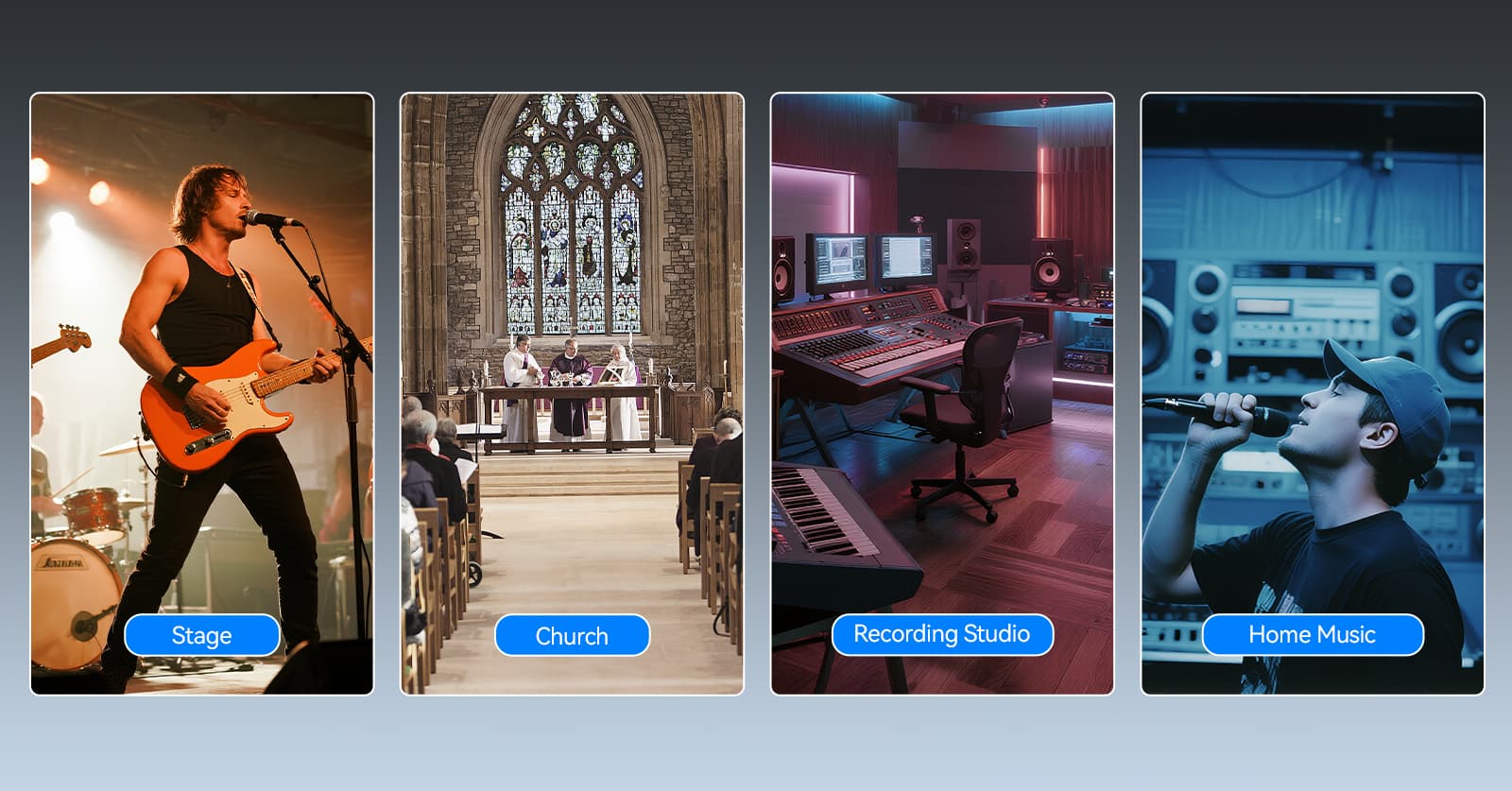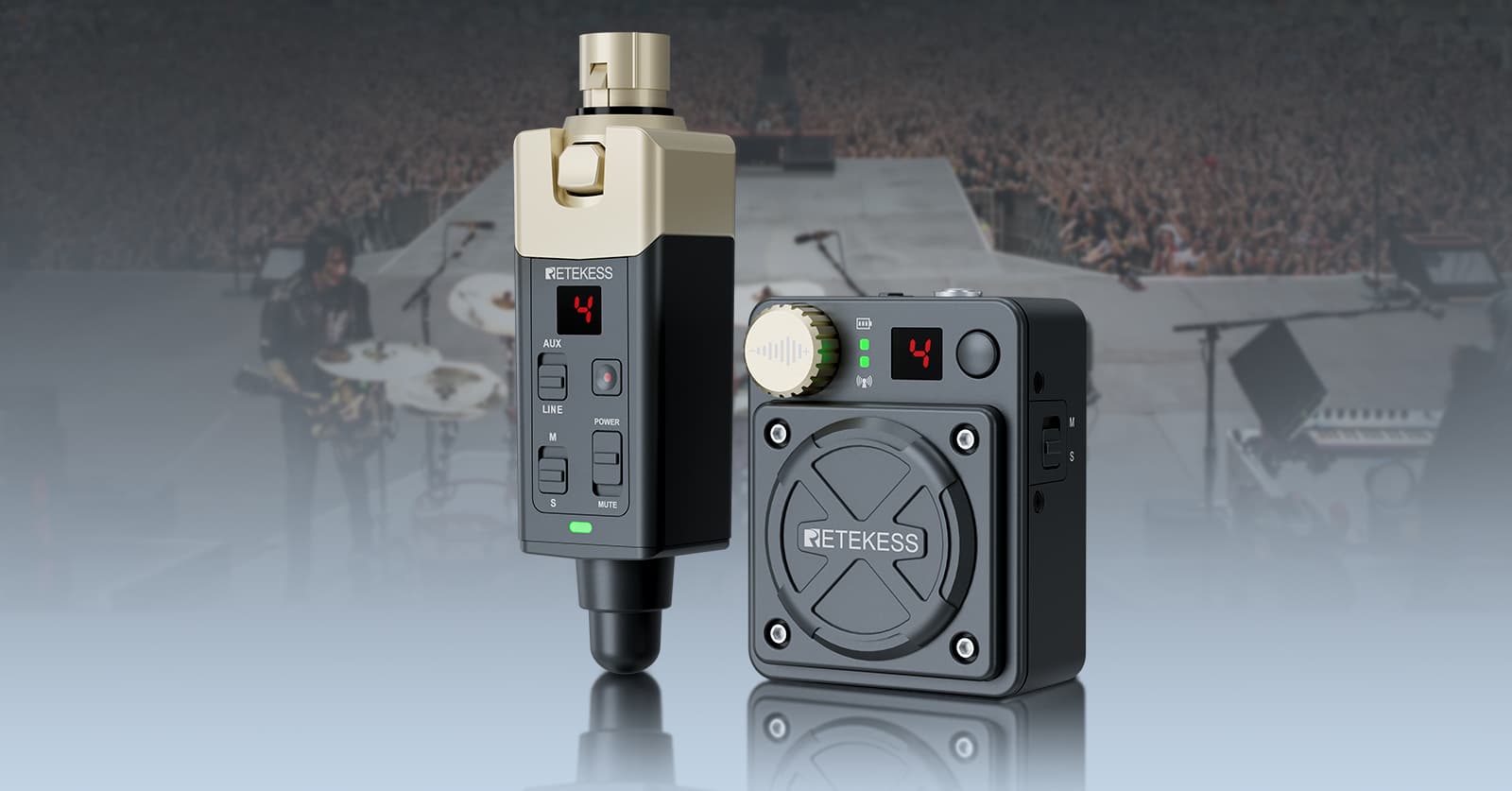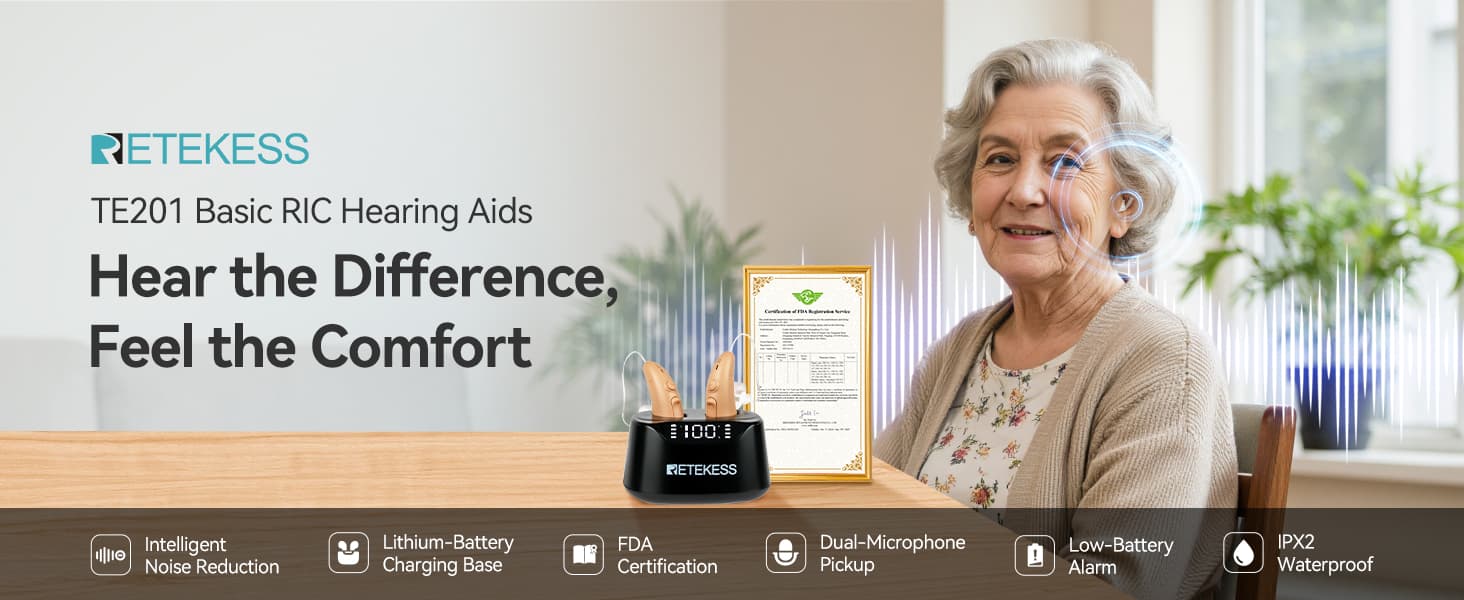Blog Detail
Table of Contents

The impact of California tax policies on tourist attractions and countermeasures
- Sophia
- Apr 27, 2025
- 0 Comments
California, as one of the most attractive tourist destinations in the United States, attracts millions of tourists. Whether it is the world-famous Disneyland or the museums and historical sites full of cultural atmosphere, there are a variety of tourist attractions here. However, with the continuous changes in tax policies, many attractions, especially cultural venues such as museums and exhibition halls, are facing increasing pressure. How to provide high-quality services under the increasing tax burden has become an urgent problem that needs to be solved.
Among these coping strategies, the self-guided tour system is clearly a solution worthy of attention. It not only reduces dependence on traditional tour guides, but also optimizes operational efficiency and reduces management costs through intelligent data analysis. For tourist attractions in California, this emerging technology can improve service quality while coping with policy pressure. Next, we will explore in detail the impact of California's tax policy and how the self-guided tour system can bring about a turnaround for these attractions.
1. Impact of California tax policies on tourist attractions
1.1 Overview of California’s tax environment
California's tax system consists of multiple levels, including state taxes, local taxes, and federal taxes, and these types of taxes have different impacts on businesses. For tourist attractions, the most common taxes include sales tax, property tax, business tax, etc., and these taxes usually directly affect ticket prices and operating costs.
With the adjustment of California's tax policy, the trend of rising tax rates has become obvious, and many attractions have felt a lot of pressure. Higher tax rates mean more costs, and attractions may have to increase ticket prices or reduce the services they provide, thus affecting the experience of tourists.
1.2 Specific impacts on cultural tourism attractions
For cultural venues such as museums and art galleries, the increased tax burden is an even more significant challenge. In addition to ticket revenue, many of these venues also rely on government funding and private donations. However, changes in tax policies may affect donors' willingness and further affect the inflow of funds to these venues.
In addition, higher taxes mean that the expenses of attractions in daily operations will increase significantly, especially in terms of employee wages, facility maintenance and exhibition production. If this pressure is not effectively relieved, it will inevitably affect the operation quality of attractions and the satisfaction of tourists. In such a competitive market environment, if the service quality declines, tourists may choose other attractions with better cost-effectiveness.
2. Self-guided tour system: an effective strategy to cope with tax pressure

2.1 What is the self-guided tour system?
The self-guided tour system is an innovative technology that allows visitors to visit attractions at their own pace through mobile devices or audio devices without relying on traditional guide services. Visitors can download applications or use on-site devices to obtain information about exhibitions and attractions, background explanations, and interesting interactive content.
This system can not only effectively reduce the demand for human guides, but also improve operational efficiency through intelligent means. For tourist attractions in California, the use of self-guided tour systems is undoubtedly a practical strategy to cope with the increasing tax pressure.
2.2 Reduce operating costs and improve efficiency
One of the biggest advantages of the self-guided tour system is that it significantly reduces labor costs. Traditional tour guide services require hiring professionals, which is undoubtedly a considerable expense in high-cost California. With the self-guided tour system, tourists can arrange their own tour routes, reducing the need for tour guides and thus significantly saving personnel costs.
In addition, these systems can also optimize the overall operation of attractions. Through data analysis, attraction managers can obtain information about tourists' visiting preferences, which can help them make more accurate decisions in exhibition arrangements, resource scheduling, etc., thereby improving operational efficiency and further reducing management costs.
2.3 Improving Visitor Experience
Although cost control is very important, we cannot ignore the visitor experience. The introduction of the self-guided tour system can actually enhance the visitor experience. Visitors can choose the content of the visit according to their own interests, or stay in a certain exhibition area for a longer time, without any time limit. For those who like in-depth experience, the flexibility of the self-guided tour system is undoubtedly a plus.
In addition, the system can provide multilingual services according to the needs of tourists, and even customize content according to age groups or interests. For example, children may prefer interactive explanations, while adults may prefer a more in-depth historical and cultural background. This personalized experience can increase tourists' sense of participation and satisfaction.
3. Other strategies to deal with tax policies
In addition to the self-guided tour system, attractions can also respond to tax pressures through other strategies to maintain their competitiveness and sustainable development.
3.1 Diversified income sources
Relying on a single source of income may lead to operational risks. Therefore, attractions can consider increasing revenue by holding special events, educational programs, private customized tours, etc. In addition, the introduction of membership systems, virtual exhibitions, etc. can also create new revenue channels for attractions.
3.2 Joint Marketing and Cooperation
Cooperating with other attractions or local businesses to jointly launch preferential activities or packages is also an effective strategy to reduce tax pressure. Through joint marketing, attractions can not only expand exposure, but also share some operating costs and increase revenue.
3.3 Advocate for tax relief from the government
If the tax policy is too harsh, the tourist attraction can join other peers to apply for tax exemptions from local or state governments to obtain more favorable tax policies and reduce operating burdens.
4. Conclusion
California's tax policy does pose a challenge to tourist attractions, especially those cultural attractions that rely on ticket revenue and donations. However, through innovative means such as the introduction of self-guided tour systems, attractions can save costs while improving the visitor experience and ensuring long-term sustainable development. At the same time, combined with strategies such as diversified income and cooperative marketing, attractions can better cope with the pressure brought by taxes and remain competitive.
In the face of challenges, only by embracing change and leveraging the power of technology can we remain invincible in this ever-changing market. The self-guided tour system is not only an emergency measure to cope with tax changes, but also a long-term plan to improve tourist satisfaction and optimize operations.






















Comments (0)